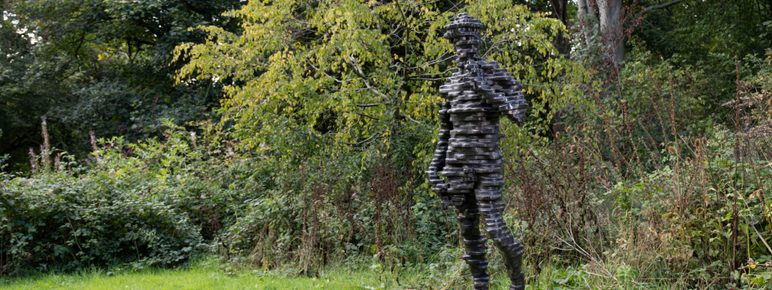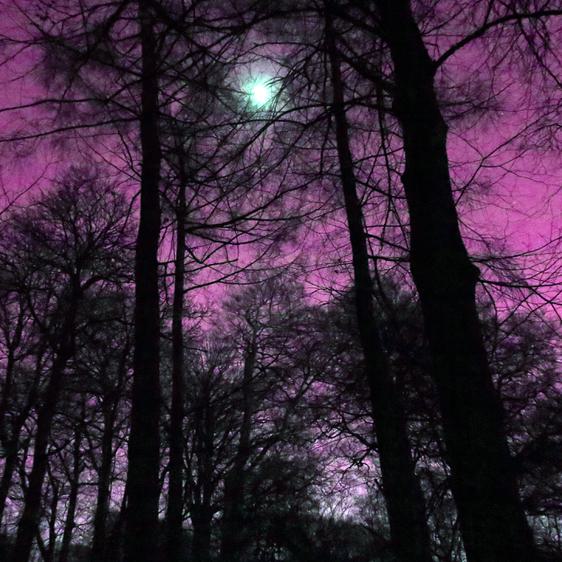
Matthew Darbyshire: Untitled (David)
Art Outdoors /Matthew Darbyshire: Untitled (David)
With Untitled (David), Matthew Darbyshire combines the traditional sculpture techniques of carving and casting with 3D digital processes. The artist describes this technique as life drawing in three dimensions. He invites us to recognise the images he uses, referring to them as deliberate clichés.
With this sculpture, Darbyshire references the famous Italian renaissance sculpture, Michelangelo’s David. Using stacked layers of polystyrene cast in bronze, Darbyshire explores ideas of human expression and technical glitches. He is interested in what is lost and what is gained when something is copied over and over again.
Matthew Darbyshire (b.1977) lives and works
in London. His work has been exhibited
internationally and is held in public collections,
including Arts Council Collection and the UK
Government Art Collection.
Courtesy of the artist and Herald St Gallery, London
Greek Temple
In the 1760s, Sir Thomas Wentworth (1725-1792) set about landscaping the Bretton Estate, including the Upper Lake with its surrounding pleasure grounds. After his death the majority of his estates were bequeathed in trust to his daughter, Diana (1765-1831) and her husband Thomas Beaumont, who carried out major work on the gardens.
This folly was designed to act as a summer house and was constructed in the early 19th-century to echo the Neo-Classical architectural style of an ancient Greek temple. It occupies a commanding position, reflecting the romantism portrayed in many images of 18th-century life.
The building is an important reminder of the history of the park as a pleasure ground, and provides excellent vistas across The Cut, the Upper Lake and over to Bath Wood.







